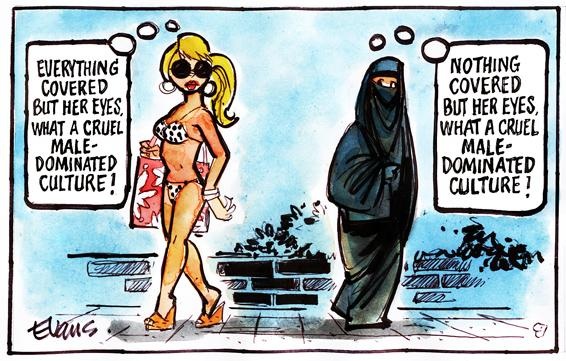Throughout this section, there were a number of references made that indicate that Marjane comes from a family of financial privilege; more concretely, we can see the role of class in the way the events surrounding her family and her eventual leaving of Tehran play out. For example: when her uncle must leave the country for medical care but isn't granted approval for a passport, they plan to pay for one for him; they . More generally, Marjane and her family's attitudes towards the oppression they face highlights a comparable level of privilege. She continuously defies authority by purchasing luxuries--clothing, posters, jewelry, tapes--to the point that tempting fate starts to seem like a bit of a game, even after she is almost detained (134).









